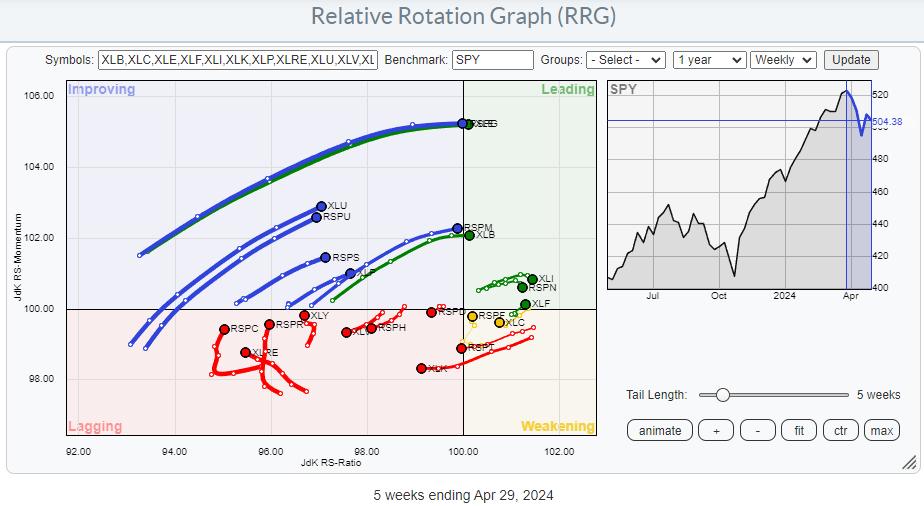Description: A lesser known and more advanced candlestick pattern.

So how will this article be different? You might ask.
First, in this series we will focus on some lesser-known candlestick patterns. Yes, it’s an effective pattern, but at the same time it’s hard to figure out! Patterns like Bullish Engulfing, Bearish Engulfing, Dark Cloud Cover, etc. are very common and you can easily get a lot of information about them on the internet. We don’t want to repeat and repeat what’s already available, and we don’t want to tell you what you already know.
We focus on some advanced patterns that can provide invaluable knowledge in market analysis and give you the ultimate edge. We will demonstrate the effectiveness of these patterns through several real-world examples so that you can immediately apply this knowledge in your trading process.
Please note that candlestick patterns work best on higher time frames, i.e. swing and position trading. So, whatever pattern we are discussing here, it should be observed on daily, weekly and monthly timescales to get better results. Without wasting any more time, let’s start with the first two patterns in the Advanced Candlestick Series.
1) Bullish and bearish counterattacking candlestick patterns:
This trend reversal candlestick pattern consists of two candlesticks moving in opposite directions. This can happen after a price downtrend and after a price uptrend. When this indicator appears during a decline, it is considered a bullish reversal pattern. Conversely, this indicator is known as a bearish reversal pattern during an uptrend.
Pattern identification:
Bullish Counterattack: A bullish counterattack candlestick is formed at the bottom. There is a steady downward trend in the price, the first candle is red and the second is green. The second candle starts after the gap-down but closes at the closing price of the first candle.
 agency
agency
2) Weak counterattack
A Bearish Counter-Attack candlestick forms at the top. The price is showing a steady upward trend, the first candle is green and the second candle is red. The second candle starts after the gap up but closes at the closing price of the first candle.
 agency
agencySo how do you exchange counter-offensive signals?
1) A bearish reversal signal requires a clearly defined uptrend, while a bullish reversal signal requires a clearly defined downtrend.
2) Preferably these candles should be broad candles with a firm bearish/bullish control.
3) Traders should check for bullish/bearish reversal signals through other technical tools.
4) For example, a bullish reversal pattern and an oversold RSI at the lower Bollinger Band are strong reversal signals.
5) If a pattern is found, the item can be executed. Then, once the high of the pattern is crossed, a stop loss can be placed below the low of the pattern, with a minimum target of 3:1, i.e. three times the reward for the risk of the trade. The opposite is true for bearish patterns.
Let’s take a look at some real-world examples of bullish and bearish reversal signals on some real price charts.
First, let us look at the bullish counterattack signal that occurred in Bank Nifty on January 28, 2021.
 agency
agencyNifty Bank – The Bullish CounterAttack signal at the lower Bollinger Band support level suggested a strong possibility of a reversal.
Bullish Counterattack Signal Results –
 agency
agencySBI’s bearish counterattack signal on February 21
 agency
agencyWith SBI – RSI overbought, a bearish reversal signal in the upper Bollinger band suggested a strong reversal potential.
Bearish CounterAttack Results –
 agency
agencySBI – Strong reversal after bearish reversal signal
Let’s move on to some more interesting candlestick patterns, namely the Bullish and Bearish Belt Hold Lines.
Not only will we talk about what these patterns mean and what they mean and how to spot them on price charts, but more importantly, we will also learn how to trade them! We’ll also look at some real-life examples of price charts showing these patterns in action. It is important to note that the belt hold line is one of the few candlestick patterns that can be considered both a reversal and a continuation at the same time.
The bullish belt hold line pattern occurs when a long green (bullish) candle begins at or near the session low and closes near the high without a large upside shadow. This pattern indicates strong buying pressure from open to close and indicates a possible continuation or reversal of strength.
The bullish belt hold line pattern is considered important because it shows strong bullish sentiment from the beginning of the session and often signals a potential trend reversal or continuation of an existing bullish trend.
Traders may consider entering a long position when they identify a bullish belt hold line pattern, ideally after a previous downtrend. A stop loss order can be placed below the low of the Bullish Belt Hold Line candlestick, and a profit target can be set based on the resistance level or expected price movement.
Bullish Belt Hold Line Pattern Illustration:
 agency
agencyNow let us understand the structure of Bearish Belt Hold Line.
The Bearish Belt Hold Line pattern is the opposite of the Bullish Belt Hold Line pattern. This occurs when a long red (bearish) candle opens at or near the session high and closes near the low without a lower shadow. This pattern indicates strong selling pressure from open to close, indicating a possible continuation or reversal of weakness.
Similar to the bullish counter pattern, the Bearish Belt Hold Line pattern is important because it shows strong bearish sentiment from the beginning of the session and often signals a potential trend reversal or continuation of an existing bearish trend.
Traders may consider entering a sell position, ideally when they identify a bearish belt hold line pattern following a previous uptrend. Stop loss orders can be placed above the highs of the Bearish Belt Hold Line candlesticks, and profit targets can be set based on support levels or expected price movements.
Bearish Belt Hold Line Pattern Illustration –
 agency
agencyNow that you know how to identify them, let’s look at a real-life example of what they appear on a price chart.
Example of a bullish belt hold line
 agency
agencyA bullish belt hold line was observed on Nifty around the September 1, 2023 support level of 19,200.
 agency
agencyNow you can also observe the results after observing the Bullish Belt-Hold Line.
Example of Bearish Belt-hold Line
 agency
agencyLet us also take a look at the bearish belt hold line observed on SBI at resistance levels 621-622 on July 25, 2023. You can also visually see the results after a bearish belt hold line is observed.
Results of Bearish Belt Hold Line –
 agency
agency
I hope you find my insight into two simple but effective candlestick patterns helpful.
Until next time, happy trading and investing!
(Rahul Ghose is CEO of Hedged.in. Views are his own)



